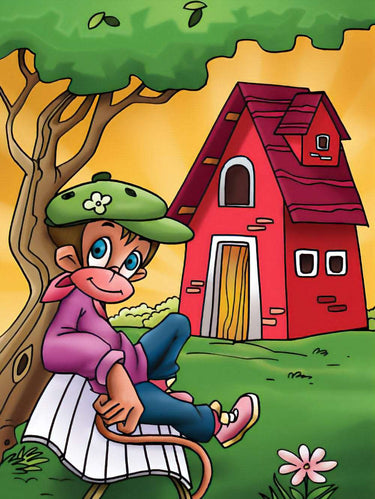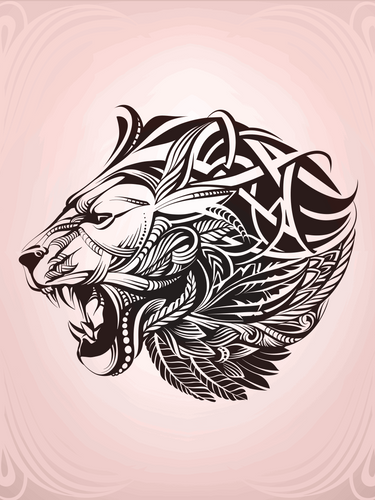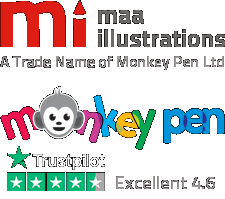In the world of technical illustration, where accuracy is essential, there is one critical feature that cannot be overlooked: accessibility. While technical illustration excels in visually simplifying complicated subjects, it is critical that these illustrations be accessible to all people, regardless of their talents or impairments. Achieving accessibility in technical illustration is about more than just following standards; it's also about developing diversity and ensuring that important information reaches a wider audience.
Considerations for accessibility range from visual impairments to colorblindness and cognitive difficulties. Alt text descriptions are essential for persons with visual impairments, as they convey the substance of an image via screen readers. Colorblind-friendly palettes and unambiguous labelling, on the other hand, aid persons with colour vision shortages. Simplified drawings and plain annotations aid those with cognitive problems. Furthermore, in a global context, language hurdles might hinder understanding, thus employing widely recognisable symbols and diagrams can make technical illustrations more accessible. These visual signals can successfully convey information without relying exclusively on text.
Accessibility relies heavily on assistive technologies. Screen reader compatibility is important. Screen readers can accurately interpret the material if pieces are properly formatted and labelled. User-friendly interfaces improve accessibility, particularly in digital technical images. Individuals with impairments benefit greatly from simple navigation, resizable images, and choices to change contrast and colour settings. Offering technical pictures in a variety of forms, such as Braille, large print, or digital versions suitable with screen readers, ensures that people with a wide range of needs have easy access to the content. Additionally, those who rely on touch to comprehend complicated graphics might have a concrete experience with tactile representations of technical illustrations created using techniques like 3D printing.
Processing intricate technical images can be difficult for those with cognitive problems. Simplifying pictures and using precise, concise labels and annotations are essential for bridging this gap. Understanding can be greatly improved by staying away from overly complex designs and offering step-by-step instructions. Additionally, language can be a significant obstacle to comprehension in today's globalised society. Technical illustrators are increasingly using symbols, icons, and diagrams that are understood by everyone to increase universality. With this strategy, the message is made accessible to a range of audiences rather of being dependent exclusively on text.
Accessibility must be taken into account in educational settings when employing technical illustrations as teaching aids. Making educational information accessible from the start guarantees that students with disabilities have equal access to it. Accessibility in the digital world depends heavily on user-friendly interfaces. Technical digital drawings must to include simple navigation, resizable images, and facilities for adjusting contrast and colour settings. By ensuring that people with disabilities can access and understand the content with ease, these features considerably improve the user experience for them.
In summary, equality and greater comprehension are made possible through accessibility in technical illustration. For people with limitations to access and understand complicated information presented through visuals, barriers must be removed. Technical illustrators can make their work globally understood and contribute to a more inclusive environment by using inclusive practises, utilising alternate descriptions, taking colour vision limitations into account, simplifying designs, and embracing accessible technologies. Accessibility isn't just a legal requirement; it's a dedication to reducing the knowledge gap for everyone, regardless of their talents or limitations.






